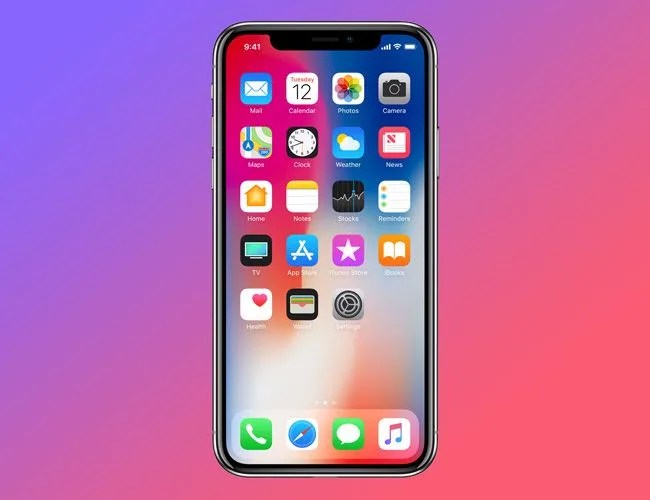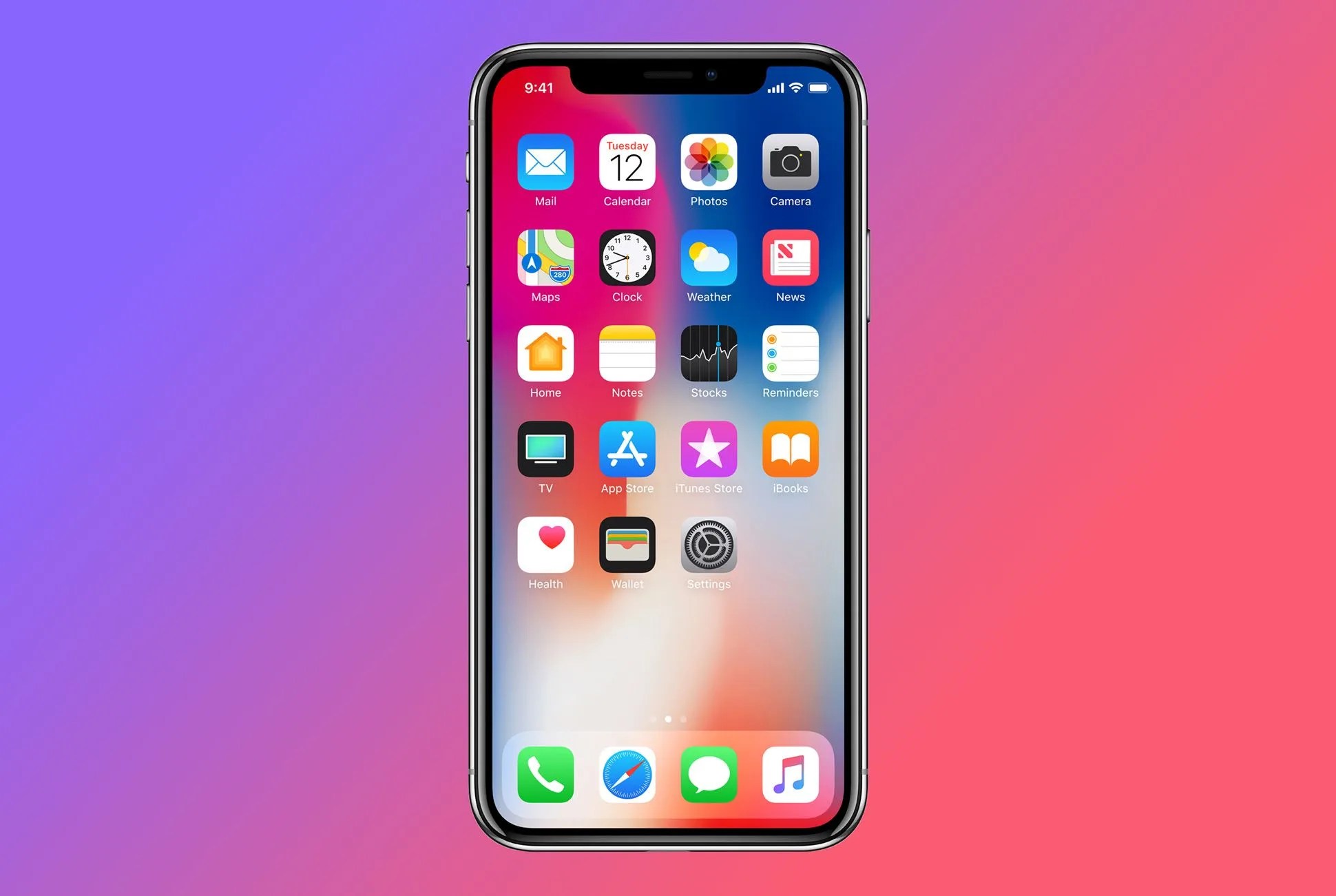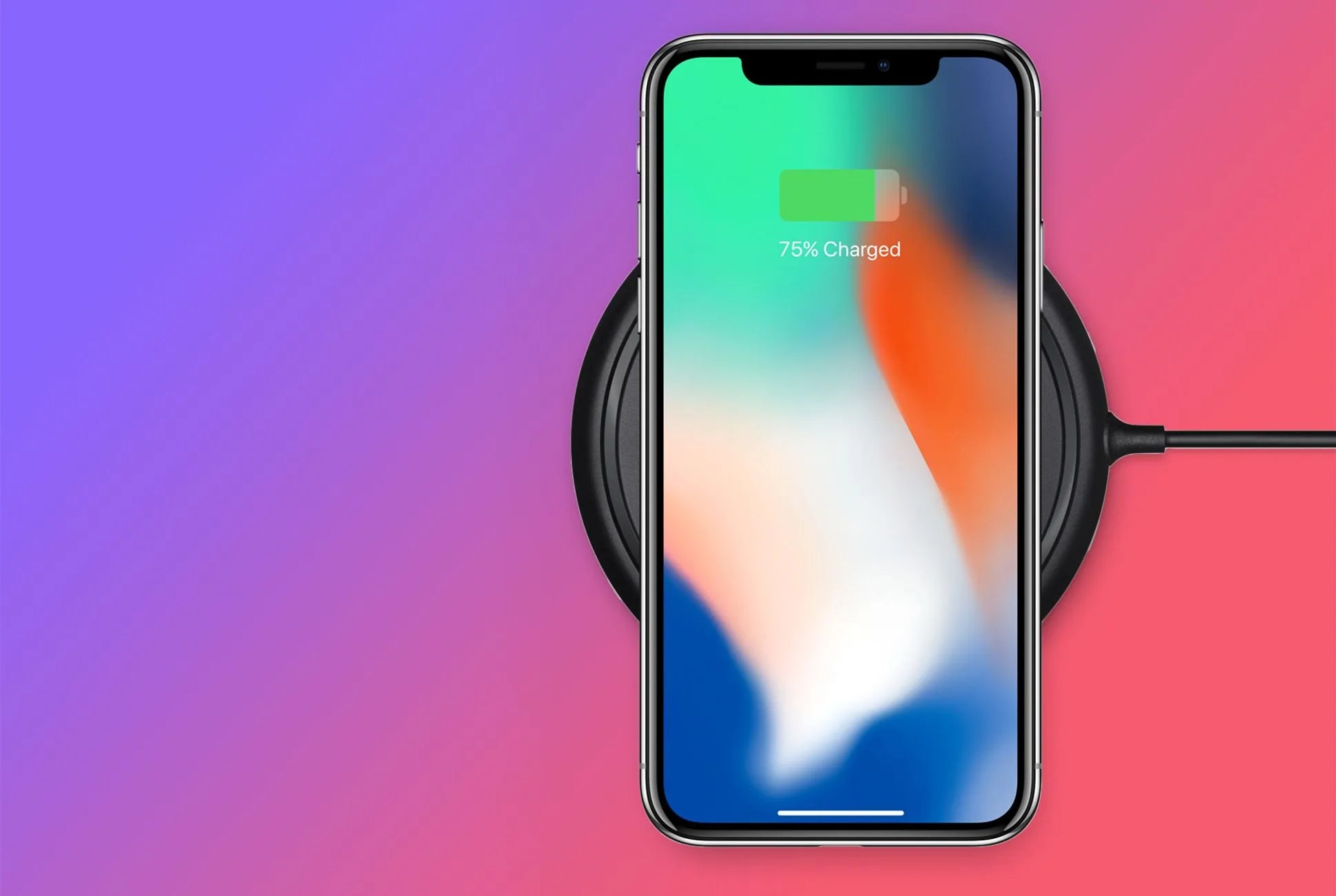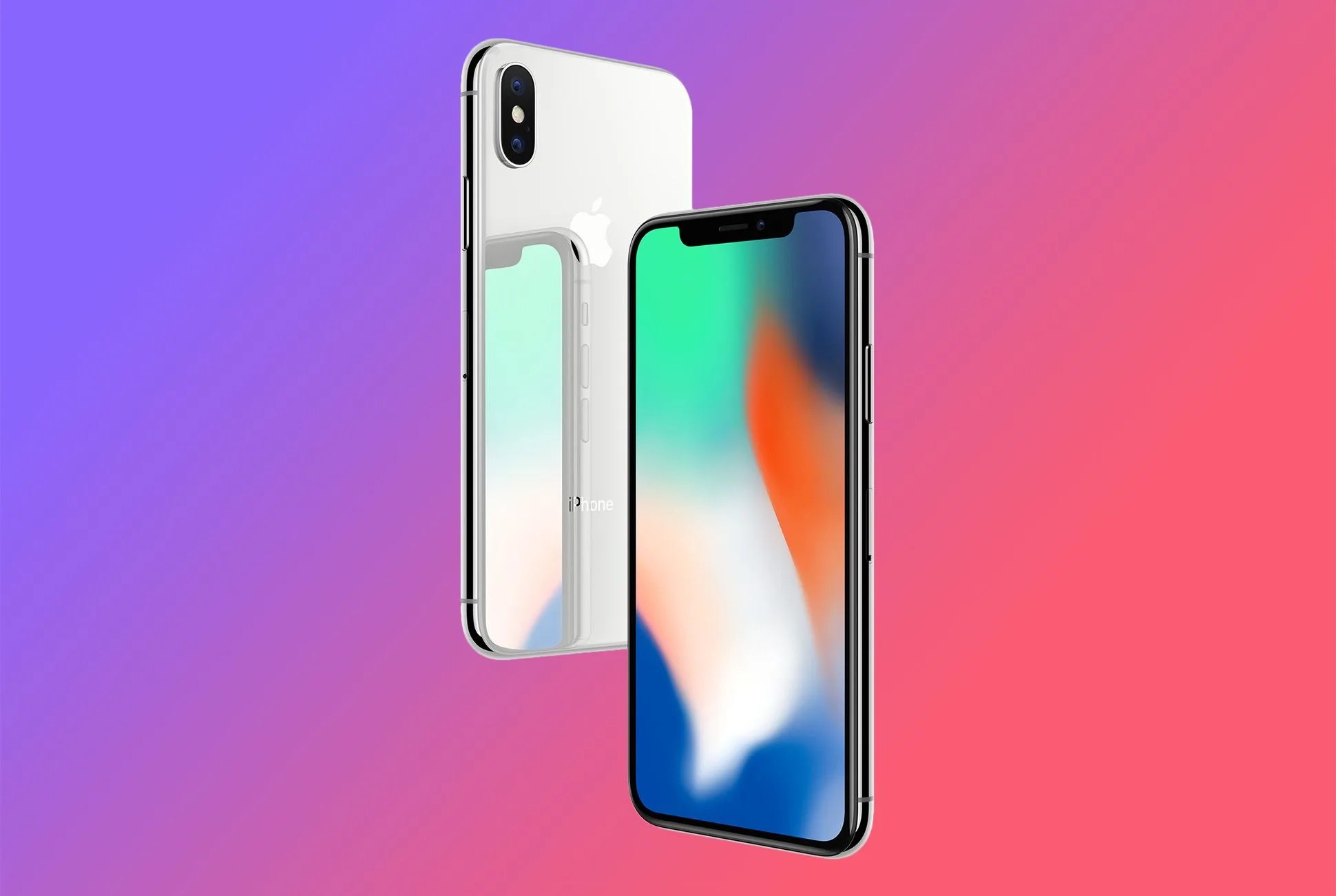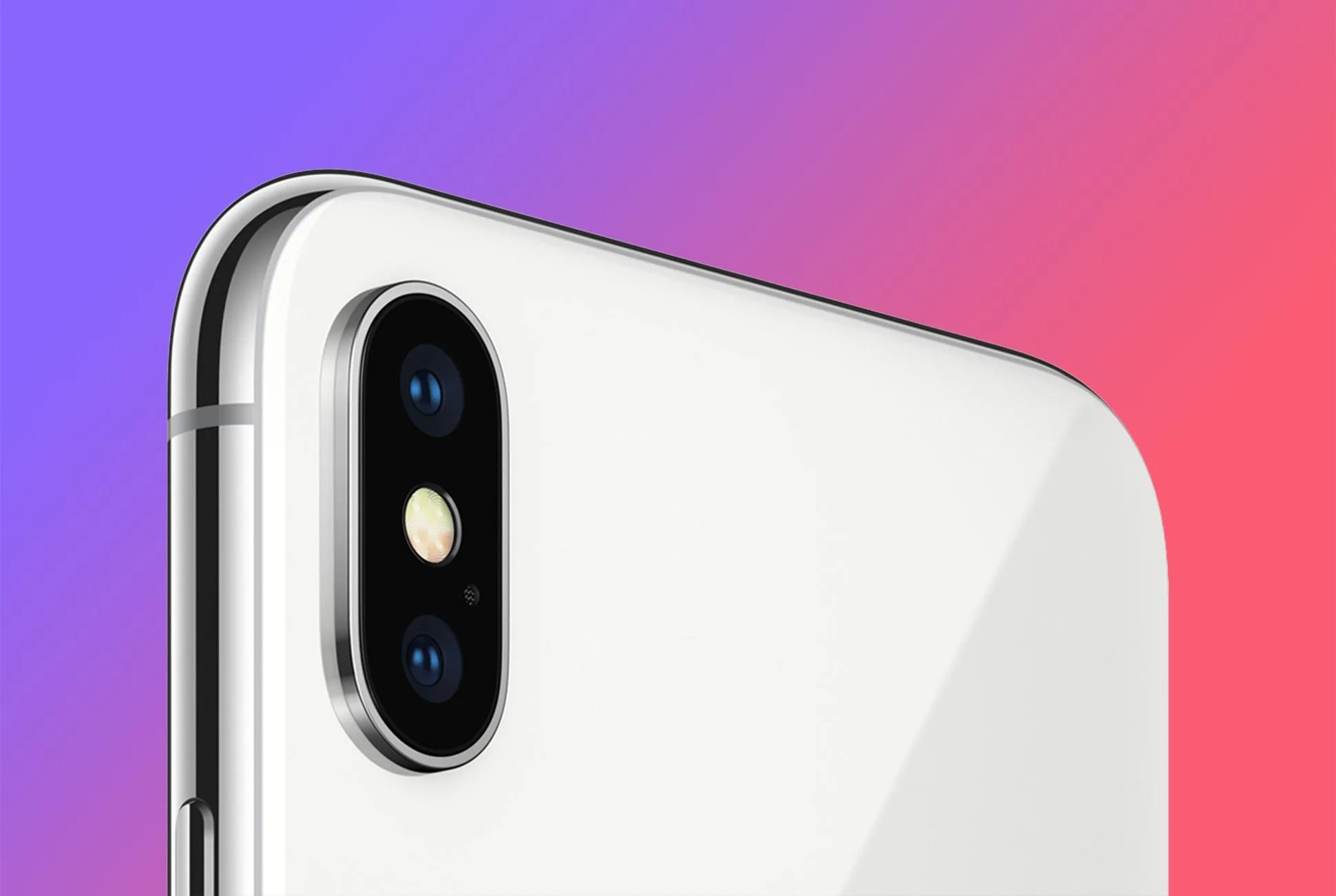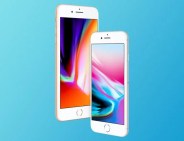4 photos
The rumors are now a reality. Apple has announced a new premium model in the iPhone line dubbed “iPhone X” (pronounced iPhone 10) in a nod to the iPhone’s 10 years of existence. This device is a more advanced device compared to the newly announced iPhone 8 and 8 Plus that, in Tim Cook’s words, “will set the path for technology for the next decade.” Here’s what you need to know about it.
It Features a 5.8-inch “Super Retina” Display
The iPhone X’s biggest distinction over the new iPhone 8 is an edge-to-edge OLED display boasting a 2436×1125 resolution and HDR compatibility. If you do the math, that’s 458 pixels per inch — or the highest pixel density in any iPhone ever. Other spec high points include a contrast ratio of one million-to-one and like the new Apple TV 4K, the advanced display supports Dolby Vision and HDR10 content. It also includes the True Tone display technology originally launched in the 9.7-inch iPad Pro line that automatically adjusts the screen’s color tones based on the surrounding lighting to adjust the white balance.
The iPhone X Doesn’t Have a Home Button (Or Touch ID)
Bezels aren’t the only prominent iPhone screen feature murdered by that glorious new display. The iPhone’s iconic home button was also sacrificed in the name of progress. As a result, basic interactions like reaching the home screen on the iPhone will now work by swiping up from the bottom of the screen on the iPhone X. You also wake up the screen by just tapping it. Those are just two of many adjustments buyers will have to learn with the launch of iOS 11.
The iPhone X Unlocks Using Your Face via “Face ID”
The new iPhone X swaps fingerprint scanning to unlock the device in favor of face scanning. This new feature involves a bevy of hardware upgrades including a “TrueDepth” imaging system comprised of an infrared camera, a so-called flood illuminator, another front camera and a Dot projector all of which are packed into the small lip at the top of the screen. Face ID apparently works in the dark and in real time thanks a dedicated “neural engine” powered by a dual-core custom chip design, and it will even evolve to identify your face as it changes — say by growing a beard.
Apple has also anticipated a major obvious concern with this technology and worked hard to introduce a variety safety measures that prevent people from tricking this sensor via using a picture of you, or even a Hollywood-grade mask reproduction of your face (seriously, they actually showed examples of these during the Keynote). The result is a security level that’s actually twice as secure as Touch ID according to Apple. It’s also why Apple feels comfortable leveraging Face ID to authenticate Apple Pay purchases as it did with Touch ID.
